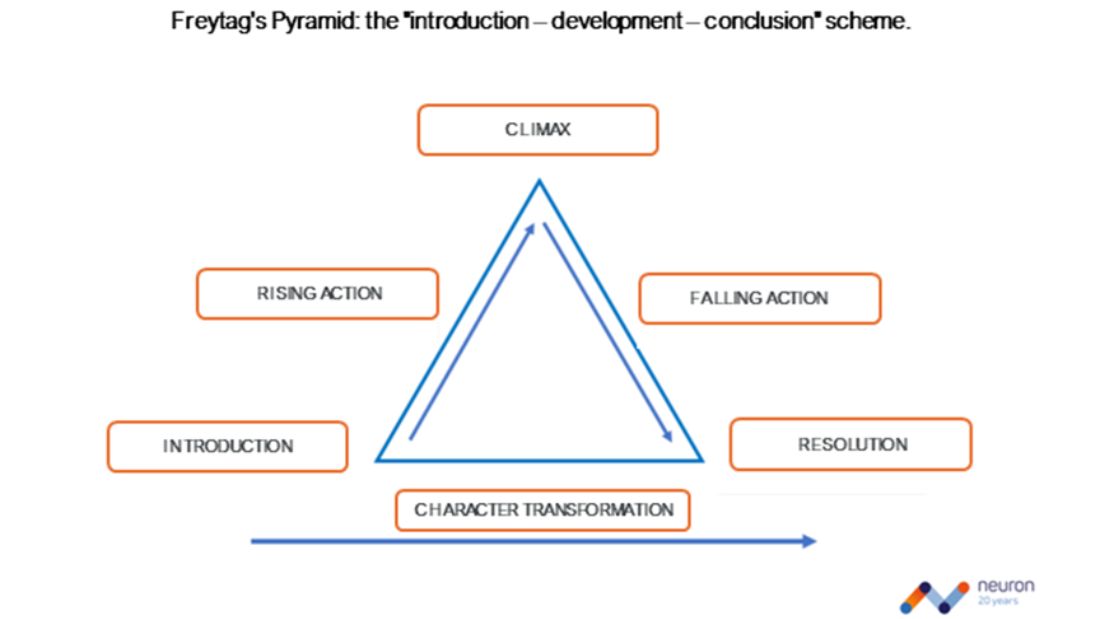The Art of Storytelling in PR: Turning Facts into Compelling Narratives
Poland

There’s a lot of talk about AI in communication, and in the PR industry, we’re crazy about opportunities. But let’s not forget that the true art of communication is to turn dry facts and figures into appealing stories. In this blog piece, we’re going to explore how to create a great story!
Storytelling has been a social glue since the dawn of humanity. While the form and the storyteller have evolved, storytelling remains the best mechanism humanity has developed to convey experiences and explain the world. Storytelling is more than just spinning a yarn in front of an audience—it’s about building an emotional bond with the protagonist and enriching the audience with the wisdom they take from the story, much like writers have done for thousands of years.
Everyone knows that a story must be interesting, surprising, and have a happy ending. But what don’t we know? For the most part, it’s how not to kill even the most interesting story. Here are a few tips:
Draw from Classic Literature: If you’re unsure how to construct your story, look to great literature. Brand narratives can be based on tried and true templates. As Leo Tolstoy said, “All great literature is based on two stories—a man goes on a journey or a stranger comes to town.”
Show a Relatable Hero: The audience should be able to identify with your hero. It’s the hero they will remember when the story ends.
Set Clear Goals: “If you don’t know where you’re going, you’ll end up somewhere else,” said baseball player Yogi Berra. If you don’t present the goal of your hero, the audience won’t understand it either.
Anchor the Story in Time: Draw a timeline for your own reference, marking the beginning and the end. Recognize that it’s part of a larger whole—this will help you tell it so others can feel it too.
Be Authentic: Don’t make things up. Your audience has a finely tuned “baloney detector.” Only true stories are worth their attention.
A universally effective structure is the dramatic structure created by Aristotle and described by Gustav Freytag. In school, this was often simplified to “beginning – development – conclusion.” Freytag’s Pyramid details it more thoroughly:
Shakespeare wrote according to this structure, and so did Andersen in “The Ugly Duckling.” You can also use it to craft your story. This way, you’ll know where to start and end your story and which elements of the plot to emphasize. The transformation of the hero plays a crucial role in any captivating story, and it should be no different whether you’re talking about toothpaste or journeys to Mars.
There are many examples of great brand storytelling, but let’s highlight one that captivated us some time ago: Allegro’s Christmas campaign with the tagline, “What are you looking for Christmas?”
English for beginners | Czego szukasz w Święta? (youtube.com)
In this heartwarming Christmas advert from Allegro, Poland’s largest online retailer, the story follows an elderly Polish man learning English to connect with his granddaughter in the UK.
The campaign perfectly demonstrates the power of storytelling in creating an emotional connection with the audience, reminding us that at the heart of every great campaign is a compelling story.